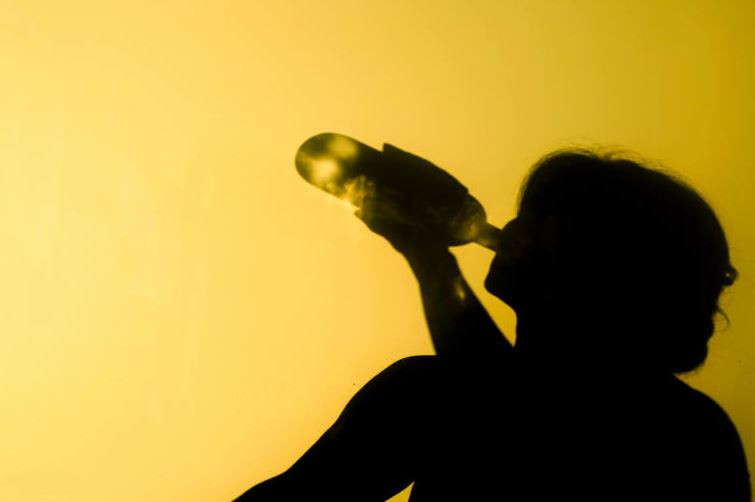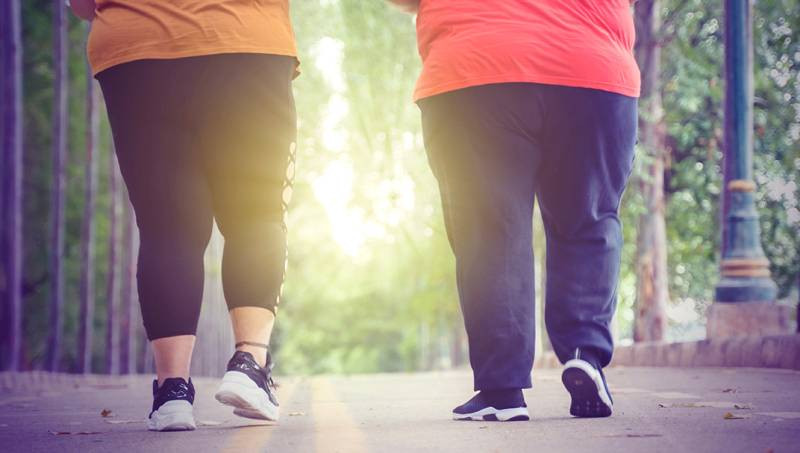
You can never be to prepared when it comes to attending a protest or demonstration, things can switch up within a second and it helps to be vigilant and well prepped for any and all eventualities, here are some tips on how to stay safe while marching
Research the eventResearch the purpose, route, and expected turnout of the demonstration. Understand the goals and rules of the event. Be prepared for large crowds, those participating and the ones not participating and know this may affect transportation and access to the location before and after the event. Prior to arriving at the protest, alert friends or a family member you are going and know how and when you plan to get home. Stay informed and stay up to date with news and updates about the event, including any changes to the route or schedule. Be aware of your surroundings know at least different ways to get out of the crowd and to safety.
Safety in numbersProtests are safer when attended with a groups or a friend, have a friend who can alert others if you’re harmed or arrested. Staying with someone you know can help you feel more secure and provide an added layer of protection. You should schedule with your friend or friends to make sure you are on the same page, designate a meeting point in case you are separated, know what to do in case of an emergency and keep an eye on any danger.
Wear protective gearTo ensure your safety it is important to have your personal protective equipment. One should wear comfortable shoes, wear breathable cloths that won’t restrict your movement from one place to another, wear goggles or sunglasses to protect your eyes from chemical splashes, wear a face mask or respirators if you're concerned about tear gas as you can also carry bandanas and face scarfs which come in handy. Carry hand sanitisers or wipes, you can also choose to put on gloves to protect your hands from cuts.
Stay hydratedDrink plenty of water, drink at least 6 glasses of water in the 24 hours leading up to the demonstrations. Make sure you use a restroom before heading out. Avoid caffeine and alcohol, consuming caffeine and alcohol, can dehydrate you further. Eat hydrating snacks with high water content, such as watermelon and during the Demonstration bring a refillable water bottle, take regular breaks to drink water and rest. Avoid sugary drinks like soda and energy drinks.
Avoid confrontationsStay calm and maintain composure even in the face of adversity. Avoid provoking others, avoid using provocative language or actions that might escalate tensions. Refrain from physical contact or violence at all times, know when to leave if a situation becomes too intense and seek a safer location. Take photos or videos of any incidents that may occur, as these can be useful evidence if needed.
Be prepared for emergenciesEmergencies can occur at any moment so you should have important contacts at hand, Store emergency contacts in your phone's contacts or notes app and to be safer in case your phone goes off, have a piece of paper written contacts which can be useful. If you are asthmatic, carry your inhaler with you.
Carry a portable phone charger or a power bank and a government issued Identification Card (ID) as this may expedite your release in case of arrest. If a stampede happens, fold your arms close to your chest, keep feet firmly planted on the ground, move with the crowd instead of fighting the flow or struggling to get ahead. If you lose balance get up as quickly as you can or ask for help, avoid barricades, walls or railings, if you can, slowly make your way to areas where the crowd is less dense.
- Striking clinical officers pledge free medical care during protests
- How water cannons used during protests could impact your health
Keep Reading
 The Standard Group Plc is a multi-media organization with investments in media platforms spanning newspaper print
operations, television, radio broadcasting, digital and online services. The Standard Group is recognized as a
leading multi-media house in Kenya with a key influence in matters of national and international interest.
The Standard Group Plc is a multi-media organization with investments in media platforms spanning newspaper print
operations, television, radio broadcasting, digital and online services. The Standard Group is recognized as a
leading multi-media house in Kenya with a key influence in matters of national and international interest.











